How to Choose Colors for Kid's Room
- • 7 MIN READ 📖

On This Page:
A wise man once said that you will be bored with whatever color you choose for your interior by next week. Just saying. Regarding kid's room interior design, things are a lot easier. First, the little ones are so easy to impress. That’s probably one of the sweetest things about children: unlike pragmatic adults, they can still be surprised. Second, more often than not, kiddoes know precisely what they want, so you won’t be stuck picking between bunnies, unicorns, Elsa, or Peppa-themed wallpapers.
Below, we made this quick guide on picking the right colors for a kid’s room to help you and a lovely room owner get to where you all want to be.
1. Involve Your Child
Although coloring your kid’s nook is tricky, you can help yourself by involving tots in the process. After all, they remain the ultimate arbiters that play the central role in their environment’s decorating. Unfortunately, most parents believe that everything should be the other way around.
Wrong!
Let babies take ownership of their little haven. They will have a unique creative experience and love their domain even more when the job is done. Start with some observing. Undoubtedly, they have many toys, outfits, books, hobbies, as well as accessories, so your task is to see what color(s) dominates. If they’re comfortable with those during home play or schooling, they’ll most likely love the colors on the walls.
Make Pinterest boards with toddler room colors so that kiddies have many suitable items they can choose from. Thus, they’ll have their voices heard and be so proud of that.
Remember that palette is not only about colors but your little design assistant’s personality that they reflect and celebrate. There’s some risk, however, that they might get lost in myriad options. Help them by asking/letting them choose one key element, such as some trendy bookshelf, funky wall art, bright rug, or paint. Each makes an impact, which means the child will feel needed.

2. Use Soothing Colors
What is the best color to paint a child's room? Well, there is no one correct answer here. When choosing palette that add vibes to children’s place, remember they all have different effects. The so-called color psychology for kids is particular: youngsters’ moods are affected by their settings. While some shades are calming and soothing, there are some that stimulate while eliciting positive feelings.
Check palettes that soothe and balance mood swings:
- Green. Let nature in! Green is among the kids' bedroom colors that help concentrate, relax, or even soothe an anxious tot.
- Blue. One of the traditional options for boys’ rooms and children in general.
- Purple. The easiest way that helps youngsters relax and bring in a peaceful vibe.
- Brown. The synonym to classics, brown helps littlies feel more stable and safe in their setting.
- Pink. Associated with a feeling of empathy, this shade should be incorporated in moderation to avoid irritation or nervousness in your kiddo.
When selecting a palette, you’ll want to back it up with non-stimulating décor and furniture. With calming shades, Montessori furniture for toddlers will help your child calm down, relax, or prepare for sleep when they enter the room.

3. Incorporate Bright Colors
How about having some fun with vibrant shades? Sounds nice! However, remember that too much exposure to any might cause aggression in toddlers. Although bright tones work best for playrooms, incorporating some in your kid’s place is possible if used in moderation and after careful consideration. The palette is quite diverse, so children will have their hearts set on some specific theme.
- Red. Over-stimulating if, in overdose, red is perfect for accentuating the wall. Famous for its ability to boost focus, it is also popular in school classrooms.
- Orange. Bright, juicy, lively, and cheerful orange enhances communication and socialization skills in kids. One of the top choices for an accent wall.
- Yellow. Add sunshine to your interior and improve the child’s mood with a splash of yellow. Like the above shades, yellow should be used as an accent paired with green, blue, or gray.
- Electric green. This adds interest to settings and enthuses kiddos about their new place. The pop of electric green will be upbeat and soothing at the same time.
- Berry. If you go for this one, fill the space with neutral furniture.
While high-energy shades are fantastic, incorporate them in moderation, like wall art, furniture pieces, colorful stacking toys, or any other accessories painted brightly. It is enough to induce excitement and energy, yet it won’t over-stimulate the room owner.
Are Bright Colors Bad for Babies
As said by Natasha L. Burgert, a board-certified pediatrician by the American Board of Pediatrics, newborn babies don’t see in full color. For that reason, parents pick bright toys for children. Patterns, shapes, and contrasting tones encourage optic nerve development while strengthening the bond between visual and cognitive processing. Besides, in contrast to pastels, bright tints are more interesting for littles. That’s because they hook their attention and make it easier for moms and dads to teach their cherubs about what they see here and there.
As stated in the “Effects of Object Color Stimuli on Human Brain Activities in Perception & Attention Referred to EEG Alpha Band Response” study, babies usually associate particular tones with specific objects and emotions (i.e., blue is about being sad, orange is about being happy, etc.). That’s when bright hues come in handy.

4. Think About the Room's Theme
Here’s the rule: when the theme is chosen, there’s no need to browse the whole rainbow palette. Every existing theme has its unique (quite narrow!) palette assortment that can transform your toddler’s little residence from a sterile cube into a magical world. It’s ideal for telling a kid’s story and having their small harbor reflect tastes, preferences, as well as character traits. All designs below are entertaining to decorate!
- Hear the jungle drums! If the kiddo enjoys fauna folks, the jungle theme could be an option. The hues like Sahara sand, garden green, tangerine tango, and old olive would fit.
- Extraterrestrial. Are they excited to learn about the solar system? Blue, golden, black, grey, and white are must-haves for a space-inspired room.
- Jurassic Park. This is where all kids' room paint ideas focus on all possible shades of green and “earthy” brown.
- Marvel. Add some Avengers to the interior. Incorporate some blue and white with playful red (hello, Captain America!). Add bright green (meet Hulk!). Use comic-style wallpaper to accent the wall.
- Unicorns. Where without them? Focus on pink, golden, silver, white, as well as bubble-gum shades combined with dreamy décor and bedding.

5. Consider the Lighting
Now that you know what hue soothes and what color stimulates the brain, time for the crucial element that brings safety, comfort, personality, and function to the kiddo’s space.
The lighting.
Safety is the number one consideration in any interior. Pick fixtures that won’t break (plastic or wooden night lights). Avoid materials like pottery or glass. There's more to it than that, though:
- Soft lighting helps kids’ eyes rest, while harsh one is over-stimulating.
- Mix lighting types (a table lamp, a ceiling light, and a standing lamp) to ensure the environment gets the right amount/combination of light.
- Artificial light is available in white, blue, and yellow hues. White is neutral and soft. Blue is famous for enriching gray, green, or blue interiors. Yellow makes colors like yellow, orange, and red warmer.
- The interior looks different throughout the day. Depending on where it comes from, sunlight can entirely change how we perceive this or that shade. In a north-facing nursery, the light is cool. Boost the warmth level by using mirrors and yellow in the interior. In an east-facing space, warm yellow light dominates before noon. Use light green or blue to create a calming atmosphere or yellow, orange, and red for a sun-kissed waking up. Owing a south-facing kid’s area? It’s full of natural light all day long. Lighter textures will add some glow, while darker ones will brighten the setting. Finally, a west-facing chamber gets warmer throughout the day. Choose the warm palette to maximize the so-called golden hour.
- The type of fixtures matters. To accentuate specific objects, go for a floor lamp. To ensure the light is evenly distributed, consider buying parabolic lights or sconces.
In our previous blog article, “Do Babies Need Night Light?” which you can check out here, we’ve discussed in somewhat more detail the question of illumination and its importance in your kid’s bedroom.

6. Keep a Toddler's Room Simple
Don’t be afraid of getting creative with the palette, yet don’t go too far with your creativity. Simplicity is the key. Stay away from vibrant shades overload. It may create overstimulation – the 100% opposite effect you expect. Not only will it harm their ability to concentrate, but it’ll also turn the going-to-bed time into daily battles. Besides, the toddler’s space will transition more than once before they leave for college. That is why a simple design will help you avoid costly makeovers.

7. Stay Neutral
If you don’t know what hues to choose, go neutral. What colors could you paint a gender-neutral room for kids? Well, a neutral beige or a cool gray would work well, but there’s one problem. It’s called boring. Let’s face it, most children aren’t excited about those shades. But neutrals can be fun if accented with red, orange, blue, or any other vibrant variant. Calming pastel palettes usually include the following options:
- Soft blues;
- Faded lavenders;
- Light greens;
- Beiges;
- Ivory;
- Porcelain;
- Whites, etc.
All options mentioned above are gender-neutral, meaning they’re universally charming for boys and girls. Besides, they serve as the perfect canvas for wall artwork and photos. You can easily make neutrals work for children of any age or interest group with appropriate accessories.

Based on the “Impact of Color in the Emotions of Children in a Pediatric Dental Clinic” research, colors can give rise to negative and positive effects depending on the situation. In other words, no “bad” hues exist. It’s about bad combinations we make and the wrong places we have tints incorporated. With the right ones, you will instantly make the kid’s room look Instagramable. What do we recommend for success? Do not try to create a room design masterpiece while going bankrupt. Before you know it, they will outgrow it, and the makeover story will repeat itself.

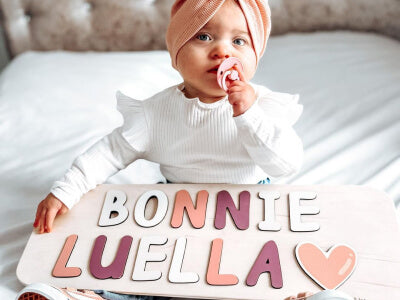
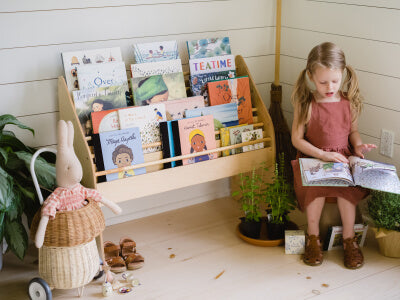

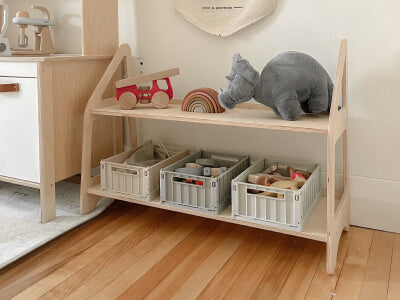


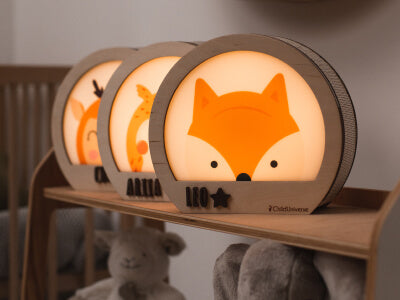
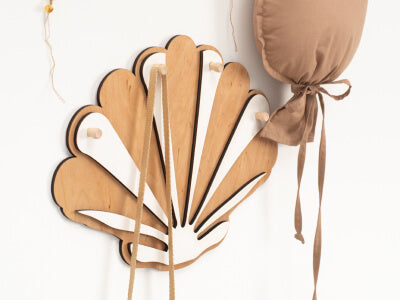
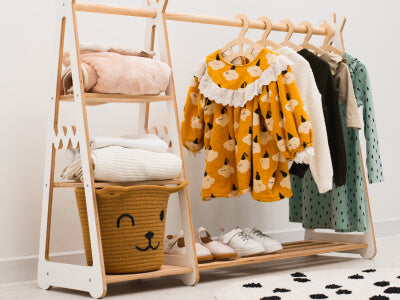
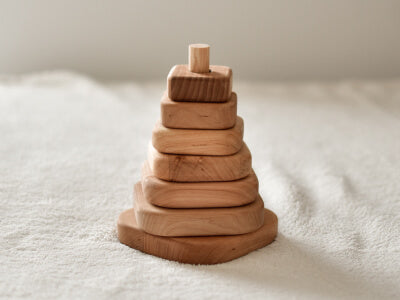

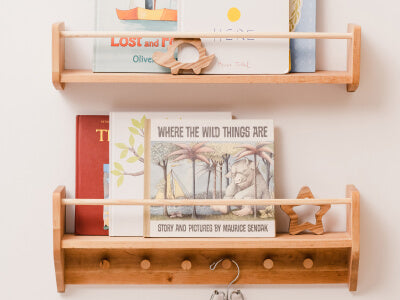
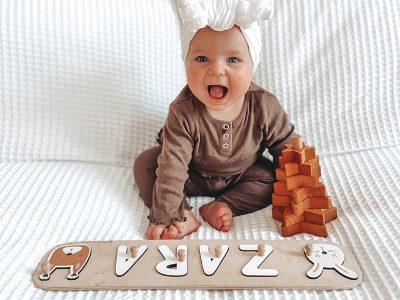
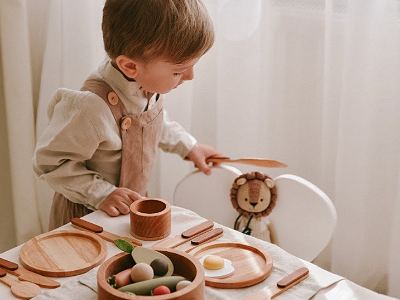
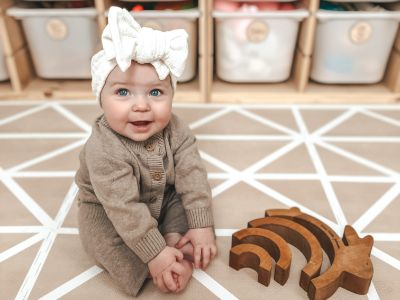
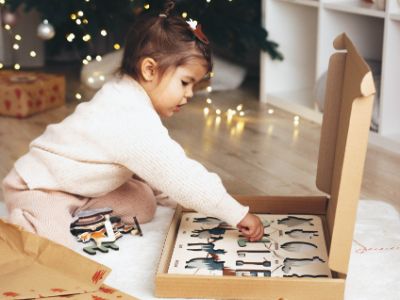
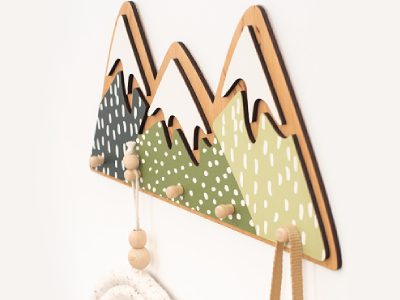

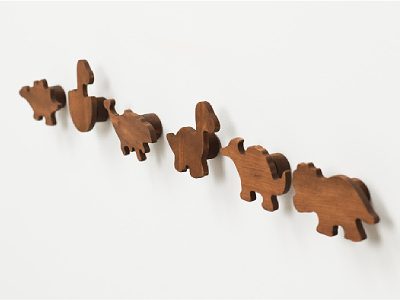





I really like the color of your Montessori furniture for the nursery! it’s great that my daughter also prefers more pastel colors, so I will definitely order your clothes hangers!
As a child psychologist, I appreciate how this article highlights the psychological impact of color choices. It encourages a child-centered approach, which aligns with my professional beliefs. Involving children in the process empowers them and fosters a sense of ownership. 🧒🌈
As an early childhood educator, I appreciate the child-centered approach advocated in this article. It stresses the importance of involving children in the decision-making process and respecting their preferences. The discussion on soothing colors for a calming atmosphere and bright colors for stimulation aligns with pedagogical principles that promote a conducive learning environment!